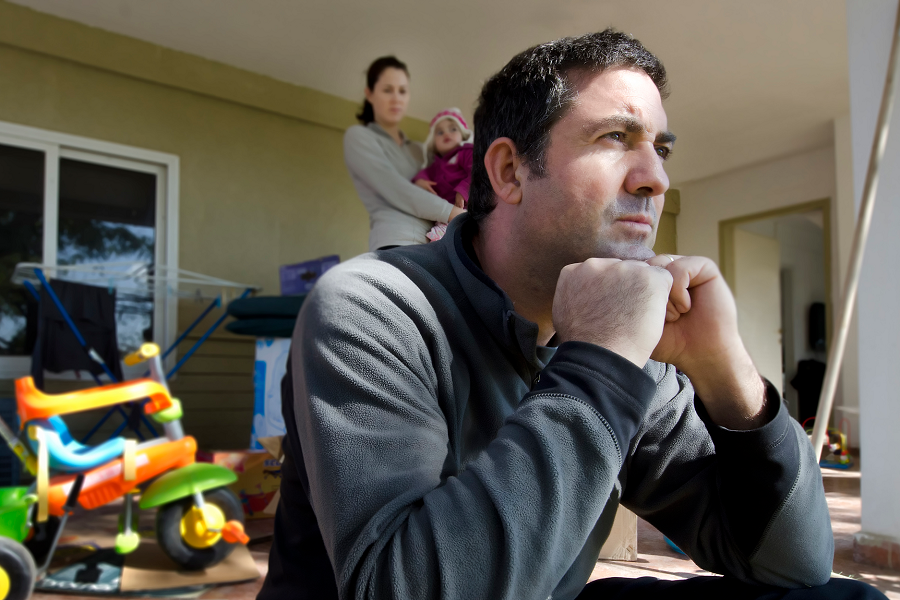
Most vulnerable to be hardest hit by the COVID-19 economic downturn
Commentary from Michael Burt, Executive Director, The Conference Board of Canada.
The economic impacts of the COVID-19 virus continue to add up. We know the news will be bad, the question is how bad they ultimately will become. Our own estimates indicate a large decline in economic activity in the spring, and the weakest year for Canadian economic growth since the financial crisis. Even darker scenarios, including a full-blown recession, are possible. As stark as this outlook is, it is important to remember that the costs of the downturn will not be borne equally by all people. Some of the most vulnerable workers in our society will be among those who are most impacted.
Key sectors of the economy that will see large negative impacts as a result of COVID-19 include transportation, accommodations, retail, restaurants, oil and gas, and manufacturing. These are where the impacts of layoffs and lost labour income will be most pronounced. Frontline workers in these industries are at particular risk, as not only will their employers face difficult choices for controlling costs in response to revenue declines, but they generally have few to no options for working remotely.
Of particular note are frontline workers in the retail, accommodations, and restaurants sectors, who are among the lowest paid across all industries and occupations. This means that they would generally have limited financial resources to cushion the impact of lost wage income. Many of the people who work in these roles also tend to come from marginalized groups in the labour force. For example, racialized minorities, immigrants, women, and young people are generally disproportionately employed in these roles. In total, more than 2 million people work in roles that are at risk of at least temporary disruptions in these sectors. Indeed, we have already seen major layoff announcements in these sectors.
Other types of workers are also at high risk of lost income due to COVID-19. One prominent group includes those who are in non-permanent roles, such as contract or seasonal work. They account for another 2 million jobs, and once again, marginalized workers tend to be overrepresented, with young people being particularly prevalent. These roles are spread across multiple sectors but are most common at educational institutions, where campus closures are a clear risk to employment prospects. Beyond the danger of job losses, those in non-permanent and part-time roles face additional risks in that they may not be eligible for employment insurance.
The good news is that policymakers are aware of these risks and are responding. The $82 billion federal COVID-19 economic response plan announced on March 18 includes a variety of measures that are targeted at vulnerable populations. These include direct income supports, such as increased employment insurance eligibility, Canada Child Benefits, and GST credit payments, as well as new programs aimed at those who would not be eligible for employment insurance. As well, workers will indirectly benefit from programs targeted at employers keeping their staff on their payrolls, such as wage subsidies for small businesses and extending the eligibility of the work-sharing program.
In the coming weeks, the full brunt of the COVID-19 crisis will be felt. Job losses could be steep and will affect low wage marginalized workers. Federal and provincial measures put in place to lend support need to be delivered quickly and efficiently. Moreover, policy makers may learn from the current crisis. Programs put in place to help the most vulnerable could become permanent additions to our social safety net. This could be an important consideration in a world where precarious work is more common, and technology is disrupting the skills and occupations requirements of the workforce. Workers will need a friend in transitioning through the current economic crisis and the longer-term trends affecting more marginalized workers.




